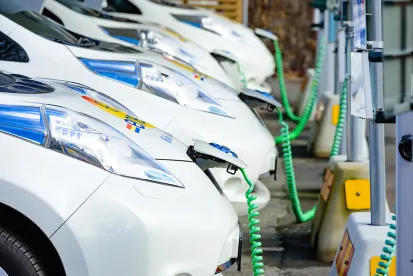As part of its push to transition the American automotive industry to electric vehicles (EVs), the Biden-Harris administration has proposed two new vehicle pollution standards. The first rule targets greenhouse emissions from passenger cars, vans and light trucks from model years 2027 through 2032, while the second rule intends to update emissions standards for greenhouse gas emissions from buses, freight trucks and other heavy-duty vehicles from model years 2028 through 2032.
The US Environmental Protection Agency (EPA) estimates that the proposed vehicle pollution standards will cut nearly 10 billion tons of CO2 emissions (twice the annual US emissions), save consumers an average of $12,000 over the lifetime of a vehicle, reduce reliance on imported oil by 20 billion barrels and strengthen US energy security. Without directly saying so, the proposed regulations seem fully intended to begin the phase-out of internal combustion engines.
Key Takeaways:
-
The proposed standards will make all vehicles, including gas-powered cars and heavy-duty trucks, cleaner and more efficient.
-
The rules are technology-neutral, which means that manufacturers investing in EVs will have an easier time meeting standards. However, with rapidly improving technology and an increase in consumer demand, many manufacturers will likely rely on fully electric vehicles for compliance.
-
The proposed rules could result in the electrification of 67% of new sedans, crossovers, SUVs and light trucks; 50% of new vocational vehicles (such as buses and garbage trucks); 35% of new short-haul freight tractors and 25% of new long-haul freight tractors by 2032.
-
The administration’s goal is that at least 50% of all new passenger cars and light trucks sold in 2030 be zero-emission vehicles, and 100% of all new medium- and heavy-duty vehicles sold in 2040 be zero-emission vehicles.
-
Manufacturers should expect supply chain delays and potential consumer hesitation as challenges to complying with the new rules.
-
The proposed standards are subject to the ordinary public comment period.
While certain manufacturers and suppliers have expressed concerns that the proposed rules are overly aggressive, the decisive move by the Biden-Harris administration and the EPA reflects years of progress among corporate, federal, state and local stakeholders to square their interests on the EV transition. The administration’s push toward EV adoption reflects a larger effort to address climate change. The billions of dollars in funding carved out for EV charging and battery manufacturing in the Infrastructure Investment and Jobs Act, as well as the enhanced tax incentives in the Inflation Reduction Act of 2022, have helped lay the groundwork for a homegrown EV industry backed by US jobs and manufacturing.




 />i
/>i

